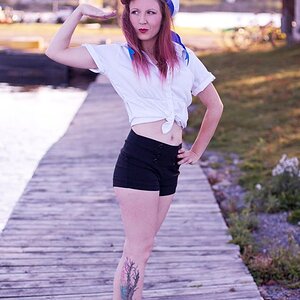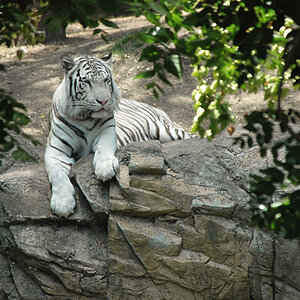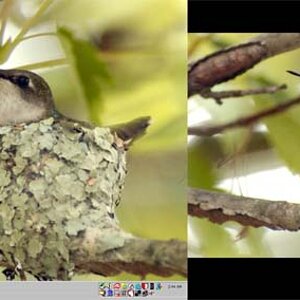FidelCastrovich
TPF Noob!
Not their function, but what ARE they? What are they made of? Is it really gel?
More importantly, can i make one out of a piece of translucent colored plastic sheet?Or do the real gels have some unique properties that a plastic sheet doesn't have?
Normally i Google things like this (read - easily DIYable at first glance), but all i can find is where to buy them and how to get samples, which are not available where i live.
Thanks.
More importantly, can i make one out of a piece of translucent colored plastic sheet?Or do the real gels have some unique properties that a plastic sheet doesn't have?
Normally i Google things like this (read - easily DIYable at first glance), but all i can find is where to buy them and how to get samples, which are not available where i live.
Thanks.



![[No title]](/data/xfmg/thumbnail/38/38738-7933157d1b8968c986eeeab2d1828524.jpg?1619738703)






![[No title]](/data/xfmg/thumbnail/38/38739-1ad36a46750bafbe805f009b4453e8be.jpg?1619738703)
![[No title]](/data/xfmg/thumbnail/38/38741-89a8c6f9d841889783a4fae2b8c40902.jpg?1619738704)

![[No title]](/data/xfmg/thumbnail/38/38737-350089c7ae87f5c983c5362b9b78b671.jpg?1619738703)